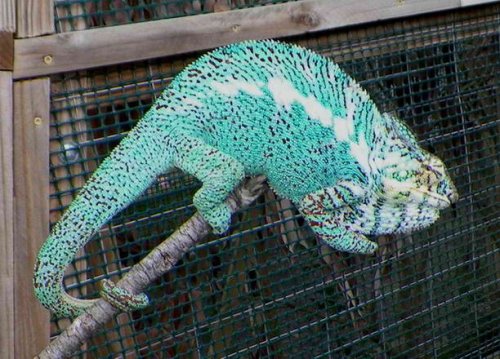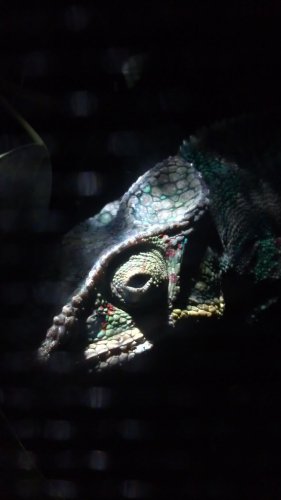Texas Panther Man
New Member
I try to only buy cb whenever possible. That said, I have purchased some wc's with mixed results. The males Ive purchased have all acclimatted for me and lived with me for yrs. The females, Ive had good and bad results from. They are much harder in my experience to rehab if they were given less than adequate care during capture & importation. Sometimes the only way to start a breeding group is to go the wc route though.








